
The rapid invasion and lightning capture of Prague suppressed the reforms of the CPSR leader Alexander Dubchek and for two decades have harvested Czechoslovakia into the rigid regime of the Soviet occupation. Video of the day 54 years after these events, the NB reminds what Soviet "patterns" of that invasion of Russia tried to use in Ukraine, having solved the Great War.
Historians consider the real cause of the Soviet invasion of Czechoslovakia, the Prague Spring - a course on political and economic liberalization, which since January 1968 tried to implement in the country the new leader of the Central Committee of the Czechoslovakia Communist Party Alexander Dubchek.
His program of socialism with the human face envisaged freedom of speech and the abolition of censorship, rehabilitation of repressed and restriction of control of special services, independent foreign policy of the CSSR, as well as projects of market reforms and federalization of the country with its division into equal entities - Czech Republic and Slovakia.
In the ten -year perspective, Dubchek hoped to prepare a platform for holding democratic elections in the country and to get rid of one -party. His actions received great support for the population of Czechoslovakia. In this course, Moscow saw a direct threat to everything that was at that time the USSR. “Prague spring was a bold, possibly utopian experiment to transform the communist regime into a democratic system.
Free press, open borders - no other country of the Soviet bloc could even hope for such freedoms. Not surprisingly, it was very nervous both Moscow and fans of a rigid line in the Czechoslovak Communist Party, ”Olena Lappin, a writer of Czech origin, who left Prague to Germany, said in a recent column in Wall Street Journal, a writer of Czech origin. Soviet invasion.
In the dozens of publications that came out after the full -scale invasion of the Russian Federation into Ukraine, its true reason was also called Kiev a course on Euro -Atlantic integration and a free society, which contrasts sharply with what is the political regime of Vladimir Putin in present -day Russia. In his recent major investigation, The Washington Post said that CIA Director William Burns, analyzing the risks of the invasion, called Putin "fixated" in Ukraine.
At the end of the summer of 2021, American analysts concluded on the basis of intelligence: the Russian leader saw that the window of opportunity to keep Ukraine in its orbit closed. “The Ukrainians have rebuilt twice, demanding a democratic future, free from corruption and Moscow's intervention, during the Orange Revolution of 2004-2005 and protests on the 2013-2014 Maidan, which preceded the annexation of Crimea by Russia.
Although Ukraine was not a member of NATO or the European Union, it has now confidently moved to the Western political, economic and cultural orbit. This drift only fueled Putin's indignation due to the loss of the empire by Russia, ”WP writes. Secretary General of the USSR Leonid Brezhnev put forward an ultimatum Alexander Dubchek at the end of July 1968, during a tense three-day meeting in the Slovak border town of Chierna-over-penalty.
He demanded to return censorship and actually collapse the reforms of the Prague Spring, and subsequently accused Dubchek of allegedly failure to comply with the conditions of this ultimatum. On August 17, the Politburo of the CPSU Central Committee made a decision on the situation in Czechoslovakia, which substantiated the need for invasion of a set of propaganda clichés, which masked Moscow's fears of losing control of the USSR.
This document unreasonably argued that "the development of events in Czechoslovakia has become the most dangerous" and described the risks of mythical "counter -revolution". “The right elements […] have prepared a counter -revolutionary revolution.
[…] Given that all political means of influencing the CPC leadership (Communist Party of Czechoslovakia) have already been exhausted by the CPSU and other brotherly parties, the Politburo of the CPSU Central Committee believes that the moment has come to apply active measures to protect socialism in the Czechos The Communist Party and the Czechoslovakia people assistance and support for the Armed Forces.
” It was in this spirit that the troops that were to participate in the invasion were set up. "Politicians told us that in Czechoslovakia there is a group of counter-revolutionaries that the whole people suffer from, and it will need to be restricted," said Boris Shmelev, at that time a 20-year-old paratrooper who participated in the capture of Prague.
No less far from reality, the set of false ideological causes of the invasion was voiced in a speech before the attack on Ukraine by Russian dictator Vladimir Putin. On February 24, he stated that the purpose of "special operations" is allegedly "protection of people who have been abused for eight years, genocide from the Kiev regime. " "And for this we will seek demilitarization and denacification of Ukraine," Putin said the fictitious causes and goals of the invasion.
"The demagogical justification of Putin's attack on Ukraine as an act of liberation from non -existent threats was taken directly from the Brezhnev scenario of 1968," - sums up Elena Lappin. The Czech photographer, who took off unique color photos of the invasion, shows the photos and tells them: 20-30 June 1968, two months before the invasion, the state of the Warsaw Pact organization was conducted on the territory of Czechoslovakia Shumava - a record in scale for the countries of the Society.
In those days, 16,000 personnel of the military were introduced into the territory of Czechoslovakia for the first time in the history of the military bloc of the socialist countries.
At the same time, the troops of the USSR and its allies were in no hurry: on July 29, a month after the official completion of the Dubchek's exercises, it was necessary to demand the withdrawal of troops that remained unreasonably in the CSSR, at a closed meeting with Leonid Brezhnev and the leadership of the Union in the border town.
At the end of July - early August, two stages of large -scale maneuvers were carried out in the territories of the social camp, without Czechoslovakia: the rear training of Neman, during which the relocation of troops was relocated to the Czechoslovakia, and the training of the Air Force. “Oddly enough, some members of the leadership of Czechoslovakia were still believed that this [invasion] could be smoothed out, bypassing.
They were naive, first of all, Dubchek - a man who was in the Soviet Union and knew the mentality of the Soviet leaders, still believed that such a rigid reaction would not happen. I saw a number of expressive signs of coming events: there were military exercises here, after which the soldiers did not go, but remained in the territory of Czechoslovakia, ”the Czech dissident, political scientist and university teacher Rudolf Kucher recalled in an interview with Radio.
Similarly, the invasion of Russia into Ukraine was preceded by a number of "exercises" of the invading army, which were in fact maneuvers to concentrate the troops of the Russian Federation near the borders of Ukraine. Concentrating them for the invasion, the Kremlin announced new "training".
Thus, on February 19, Vladimir Putin oversees the "planned training forces of strategic restraint", which participated in more than 140 warships and courts of security, more than 60 aircraft, 1 thousand units But Belarus decided to continue the "training" Union Decinity-2022, which began on February 10. On the night against August 21, 1968, the armies of the troops of four countries of the Warsaw Treaty-the Soviet Union, Bulgaria, Poland and Hungary-invaded Czechoslovakia.
That night 250 entered the country that night. thousands of soldiers and 2,000 tanks. In total, the number of invasion forces reached 500,000 people. At the same time, with the crossing of the border with land troops, a group of Soviet special forces from the ranks of GRU captured the International Airport of Ruzine in Prague. This important phase of the Danube operation began with a treacherous maneuvea.
To the airfield on the night against August 21, allegedly a passenger Soviet aircraft invited a forced landing, saying " Engine refusal ». However, there were about 100 Soviet agents in his board. After planting, they seized all the airport objects, including the control tower. Thus, the landing of the rest of the landing aircraft and the mass landing of the Soviet troops was possible: the An-12 transport seated on the lane of Ruzine Airport.
In addition to paratroopers, they transported artillery and light tanks. In total, there are about 700 occupation aircraft at the airfield. Ivan Ugllzh, who worked that night Radar operator at the Prague Airport, could not believe his eyes, seeing hundreds of points on the monitor. “We decided that these are some [technical] obstacles. Then we found out that it was still planes, but we were not immediately alerted. Meanwhile, dispatchers in the region no longer responded to our phone calls.
By the sound of the engines, we heard that these are military aircraft, so we decided that there were some training, ”he remembered. On heavy military equipment and captured civilian cars, troops immediately went to the Center for Prague.
In less than a day, the invaders occupied all important strategic objects in Czechoslovakia, including Prague, Brno and Bratislava: the main roads, bridges, departures from cities, busy radio and television, printing houses and stations, telegraphs and headwar The Central Committee of the CPC and the Government of the CSSR, other administrative buildings of cities and oblasts, as well as the headquarters of the military units and the military industry.
Such a scenario has tried to implement in the first days of invasion of Ukraine in February - the role of Ruzine was to play Gostomel Airport near Kiev. According to the WP, on January 12, 2022, the head of the CIA William Burns during a meeting with Vladimir Zelensky in Kiev opened this part of the Russian plan, explaining that it was in the case of successful assault on Gostomel that the Russian army hopes to land there and quickly capture Kyiv.
In the Ukrainian case, the plans of the invaders failed. Although dozens of Russian military helicopters flying towards the airport on February 24 became one of the first shocking symbols of the invasion, the defenders of Ukraine after fierce battles and the temporary occupation of Gostomel were displaced by Russian troops from all over the Kiev region.
From the first days of the Soviet invasion of Czechoslovakia, occupation troops did not lose the opportunity to get rid of the property of the residents of the Czechoslovakia. One of these examples was Ivan Ughlurzh, an employee of the airfield Ruzine. For several days, they did not have access to their jobs, and when they returned, they were convinced of the Soviet soldiers' looting. “When we returned to our workplace, we saw a complete devastation there.
Everything was stolen - our personal belongings from the cabinets, from the warehouse. There is nothing left there from the equipment, ”said Radar Prague Airport operator. The scope of the Russian army looting in Ukraine also became quickly obvious, especially after Russian troops left three northern regions (Kyiv, Chernihiv and Sumy).
Chernobyl Director Valery Saya and Head of the State Exclusion Agency Yevgeny Kramarenko said that the occupiers were taken from the station and from the hotel to the town of Chernobyl even kettles, coffee makers, services, forks, spoons and plates. "They began to carry out valuable things, to pack in the equipment that still remained on the Chernobyl platform, and partially leave," Kramarenko described the process of looting.
"They rolled more or less valuables-computers, some coffee makers, kettles, several containers with property at the Chernobyl NPP, loaded on their cars and taken out. " Many photos and videos have documented the widest range of household items that Russian military exported from the houses of Ukrainians- from nails, carpets and toys to washing machines, laptops and jewelry.
One of the intermediate points for the looted was the Belarusian city of Mozir, from where the soldiers of the Russian Federation sent stolen items to their families through the Russian service of the express delivery of SDEK. Many Czechs, who watched with horror the rapid invasion of the Warsaw Treaty troops, later mentioned that the crews of Russian tanks and ordinary military personnel - seemingly or sincere - did not orient themselves in where they were.
Rudolf Kucher, at that time, a student of the Faculty of Philosophy of Charles University tried to ask the Soviet military in Prague about what task they received. “The soldiers were completely confused. They had some orders - that they had to get on this tank to a certain place, but they were very young people who did not even know what were in Czechoslovakia. They asked, “Where are we? What is it? "I told them," You came to Prague. " They thought they got to the west.
" Some of the invaders were convinced that they got to study, Ughlur told. “Because we spoke Russian with them, they did not know that they were outside Russia. Neither they knew it, nor their officers. They were completely disoriented, ”he said. And some of the occupiers believed that he was in Germany, told Elena Public, who at the time of the invasion studied at the graduate school of the Higher School of Economics in Prague.
She described the scene that she watched next to one of the burning tanks in Prague. The public recalls how "one summer lady in leather gloves was in her elegant handbag" Metal fragments of technology. "Her handbag began to burn," Prajanka said. "Until then, the Soviet soldiers have already realized that the younger generation of locals spoke Russian, although they still thought they were in Germany and did not understand why the Germans were saying in Russian so well and freely.
A young Soviet officer approached me and asked what this woman was doing. And I asked her, why, because her bag was burning. The lady replied: "No matter, I want to have evidence that they were crazy in the Kremlin and these pieces of tank will remain in in our family archive. "I translated that the young officer was horrified and probably began to understand that it was not in Germany,” she said.
Similar justification was voiced by dozens of Russian captives captured by Ukraine in the early days , repeated the learned instructions Blogger Vladimir Zolkin, who at that time took more than a hundred interviews with captive Russian invaders, was in April 2022. “For example, a person was called to conscript service and he had the task of smoking a fire somewhere in the forest, maintaining fire. The commander approached him and said, "Sit in that car and go. " He sat down and left.
On February 24, I went, their 25th column was discharged, ”Zilkin cited the example. Before the morning of August 21, Alexander Dubchek was detained by Soviet troops, the Czechoslovak leader had time to urge the residents of the country not to resist the invaders to avoid the victims.
The Czechs and Slovaks appealed to the Czechs and Slovaks, the President of the Country Ladvik Svoboda and the Czech Radio - the building of his editorial board in Prague became the epicenter of popular protest against the invasion troops. And yet the collisions were inevitable. Today, the victims of the Danube operation are 108 Czechoslovakian citizens, more than 500 were injured.
Most Czechs, up to fifty people, were killed on August 21 in Prague near the Czech Radio building, where the population tried to defend the speech of independent media with the help of barricades, while the rest of Prague was already captured. People died from the balls of Soviet soldiers, under the caterpillars of tanks and wheels of equipment, in the fire of burning combat vehicles and ammunition.
It was also reported that Soviet soldiers opened a shooting on the crowd of Prazhan on Vaclav Square. In addition, the invaders opened fire on the defeat in Liberty, Brno, Kosice, Poprada and other cities of Czechoslovakia. The then Prague graduate student Elena Public told how the Soviet troops opened a shooting on Vaclav Square near the National Museum in Prague, where a surprised crowd of people came together.
"The tanks began to stop, but they unfolded to the museum, which was just restored," its facade just shone, "said Public. - I was standing at Yalta Hotel when they started shooting on the facade. All others instinctively fell to the ground. But then I was young and stupid, with a slow reaction, and with my basketball he grows in the middle of the street and looked until some man knocked me hard on the ground.
This was an American of Polish descent, which as a translator once accompanied the convoy from London to Arkhangelsk. I told him, "I want to look! Still they shoot idle!" А він схопився за голову і відповів: «Росіяни ніколи не стріляють холостими!». Повномасшабне вторгнення в Україну лише посилило правдивість цього страшного правила.
Розмах воєнних злочинів РФ проти цивільного населення за півроку великої війни шокував увесь світ: тисячі мирних українців стали жертвами розстрілів, зґвалтувань і тортур окупантів; авіанальотів, ракетних ударів по житлових кварталах міст, цивільній інфраструктурі та об'єктах-бомбосховищах.
Подібно до того, як Росія в 2022 році прагне повністю підпорядкувати собі Україну, вторгнення СРСР і військ Варшавського договору вбило Празьку весну і всі надії на реформи, які зароджувалися в країні.
У дні вторгнення Олександра Дубчека та інших лідерів країни примусово вивезли з Чехословаччини на «переговори» в Москві (24-27 серпня 1968 року).
Там вони були змушені підписати спільне комюніке, в якому терміни виведення військ із Чехословаччини ставилися в залежність від "нормалізації обстановки в ЧССР".
Дубчек був фактично відсторонений від управління країною, хоча формально втратив посаду лише через півроку: у квітні 1969 року першим секретарем ЦК Компартії Чехословаччини було обрано Густава Гусака.
Радянські війська залишилися в країні аж до розвалу СРСР, а «нормалізація» обернулася для Чехословаччини кількома десятиліттями задушливого застою, репресій, посилення режиму та масової еміграції. Відразу після операції Дунай з країни емігрували близько 70 тис.
осіб, а загалом кількість тих, хто виїхав на Захід, досягла 300 тис. осіб, серед яких було ціле покоління представників чехословацької інтелігенції.
«Інтелектуальна еліта поїхала, і в суспільстві не залишилося нікого, хто цьому чинив опір, окрім вузького кола дисидентів, — згадував Рудольф Кучера, активний учасник чеського дисидентського руху, автор самвидаву та підписант Хартії-77.
— Думаю, сама по собі окупація ще не була тим переломом. Перелом стався під час "нормалізації": тотальний контроль, придушення будь-якого прояву самостійності. Це не було відкритим проявом насильства.
Зрозуміло, багато хто потрапляв до в'язниць, проте масового насильства не було — ми просто мовчки дурнішали і схиляли спину».
«Роками перебування у холодильнику» називав ці два десятиліття до розвалу СРСР чех Ян Кованич, у серпні 1968-го — старшокласник, який став свідком розстрілу супротивників вторгнення в чеському Ліберці.
«Все почало різко змінюватися після 1969 року: кордони закрилися, людей садили до в'язниць на десять років. Багато хто жив, не підозрюючи, що хтось із їхніх родичів — агент держбезпеки. Так сталося і зі мною: завербований був, зокрема, брат мого дідуся», — розповідав Кованич.
А письменниця Олена Лаппін, чия родина виїхала з ЧССР через два роки після вторгнення, описала нормалізацію як "фактичне зґвалтування країни і придушення свободи слова".
За її словами, по-справжньому вільно її співгромадяни змогли зітхнути лише 1989 року, у рік Оксамитової революції та падіння залізної завіси.
«Я ніколи не думала, що побачу звільнення своєї країни ще за життя», — зізнається вона у колонці, написаній для Wall Street Journal у березні 2022 року, де проводить паралелі із вторгненням в Україну.
Лаппін зазначає, що незважаючи на безліч таких аналогій, уже перші тижні великої війни РФ проти України позбавили її відчуття дежавю в порівнянні з розтерзанням рідної країни — «як тільки стало очевидно, що українці затято опираються силами своєї армії та власного збройного цивільного опору».
«Ми є свідками героїчної боротьби за свободу […] У той час, коли демократія стала порожнім звуком у багатьох частинах світу, громадяни України жертвують своїм життям, щоб зберегти її.
На відміну від 1968 року, багато країн та міжнародних інституцій намагаються зупинити російську агресію, а не утихомирити Москву. Залишається побачити, чи достатньо ми робимо», — попереджала Лаппін навесні 2022 року.
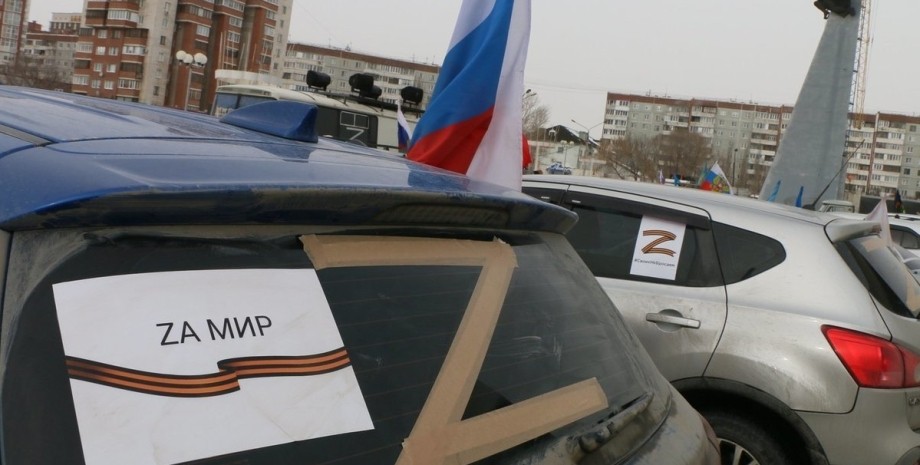

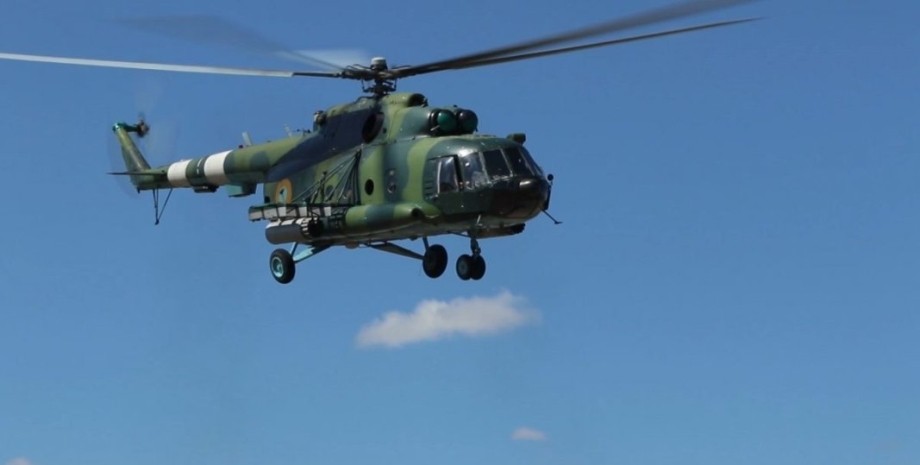


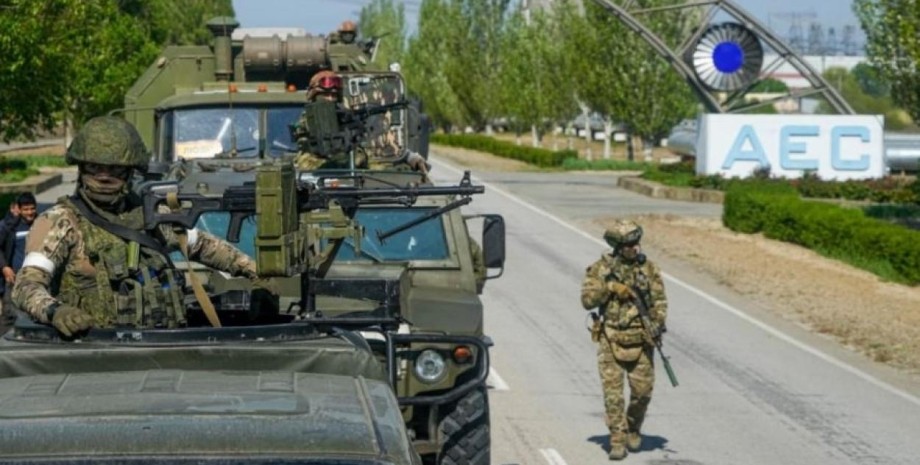

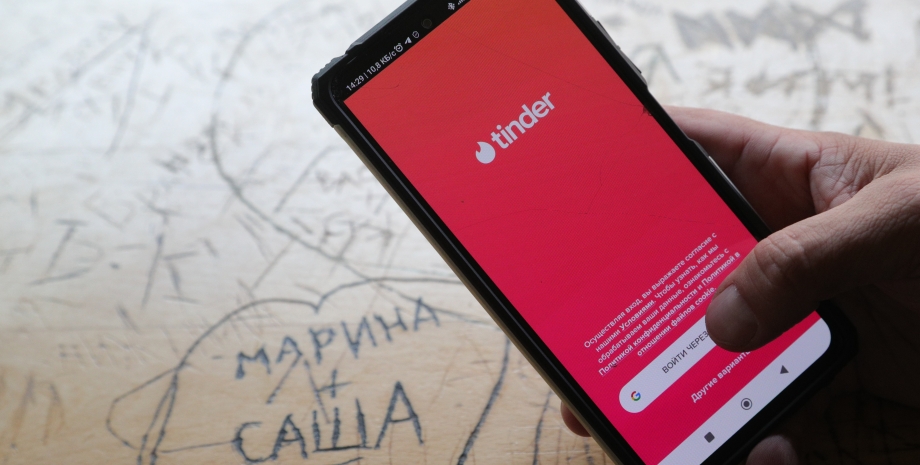
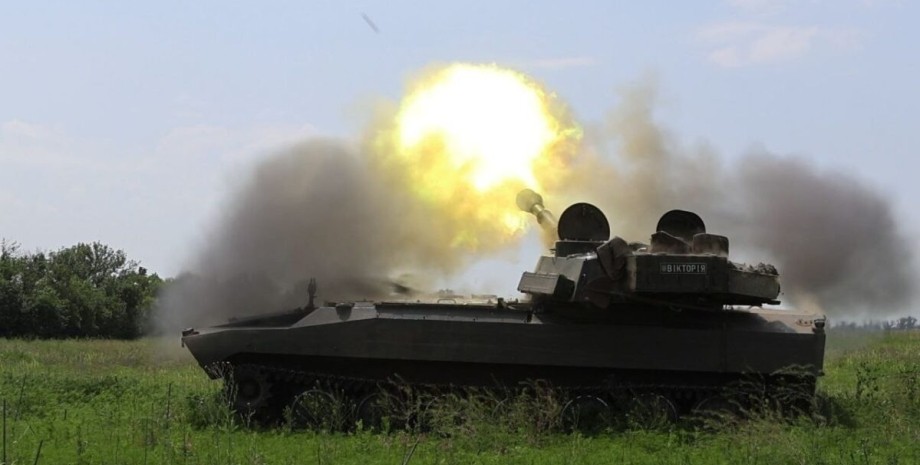










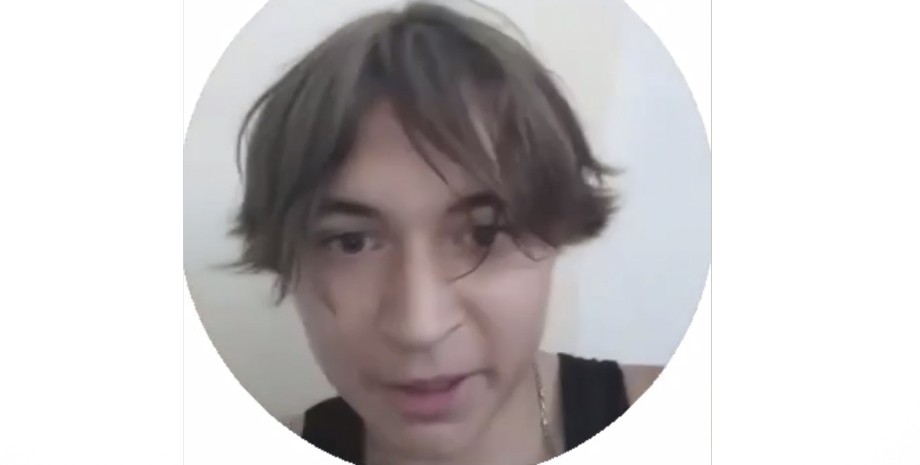
Všetky práva vyhradené IN-Ukraine.info - 2022